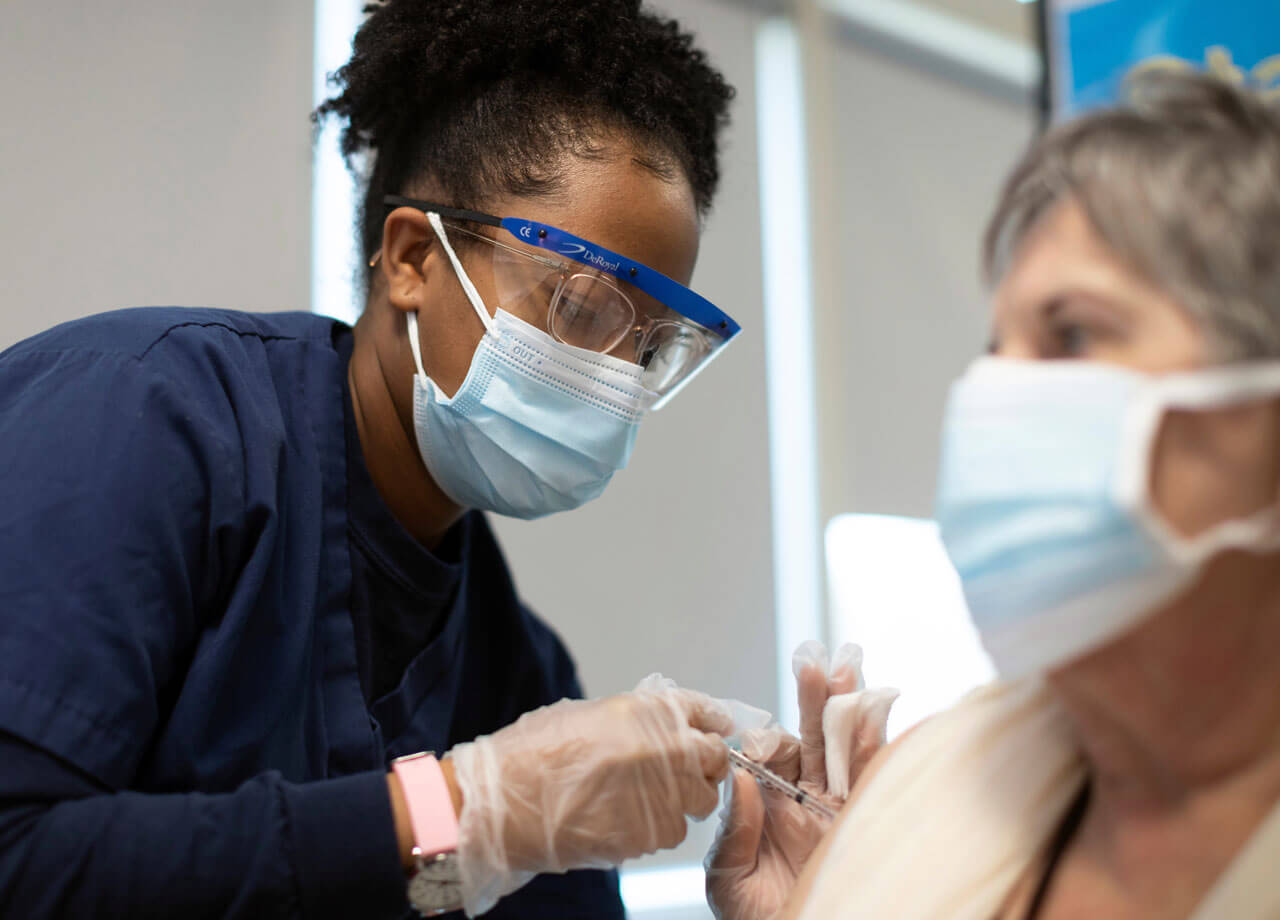What to do if you test positive for COVID-19
Many people with COVID-19 get better with rest, fluids, and treatment for their symptoms. Medicines like fever reducers, pain relievers and/or cough syrup can help.
If you are around others, wear a mask if you are coughing or sneezing.
The CDC no longer requires a 5-day self-isolation period when testing positive. You may return to normal activities when you are fever-free for 24 hours without medication and symptoms are improving.
Seek health care promptly for testing and/or treatment if you are immunocompromised or have risk factors for severe illness. The CDC has provided guidance for those who are immunocompromised or have certain medical conditions.
Vaccine and Booster Policy
The COVID-19 vaccination is no longer a requirement at Quinnipiac. However, it is strongly recommended that the entire university community stay up to date with all recommended COVID boosters.
The COVID vaccine may be required as part of a student’s clinical program; all students should connect with their program director to verify.


